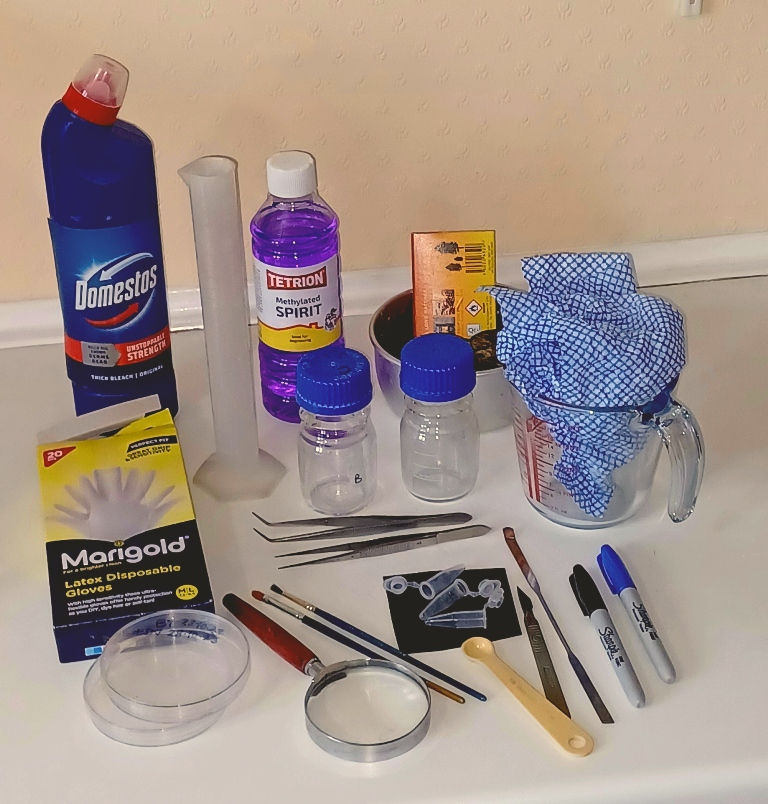27.03.25 Dactylorhiza foliosa
- anthonyheys2
- Mar 27
- 2 min read
The Madeiran, or "leafy" orchid is endemic to Madeira and does not occur naturally in the U.K. or mainland Europe. However, being very beautiful, it has been imported here since the nineteenth century. Popular with gardeners as well as orchidophiles, foliosa is not difficult to grow and is fairly hardy if kept well-drained in winter. It has even been given the Award of Garden Merit (AGM) by the R.H.S., apparently. Is this an honour of dubious value for a wild orchid species, I wonder?

Typically 50cm tall, it has many apple-green leaves which are usually unspotted, and a small to medium length spike of individually large flowers. The labellum is broad, up to 2cm across, and usually a pale lilac-pink colour with rather faint patterns of purple spots and lines.
It grows naturally in the Laurisilva forests of northern Madeira, which are a fascinating relict of very ancient, evergreen, warm temperate rainforests that used to cover southern Europe and north Africa. Many other unique, endemic animal and plant species are found there, for example the Madeiran Laurel Pigeon. This habitat of steep sided, shady, humid valleys is under threat now (like everywhere else) from tourism pressures, invasive species, and climate change. D. foliosa grows there in damp, acid soils in rather shady, humid conditions.

I obtained it some years ago now from a reputable nursery and grew it in my garden. The seeds germinate well with B1 fungus, like most Dactylorhiza, and can be grown on into new plants. It has often been used as one parent in making crosses to produce showy, vigorous hybrids because of its large flower labellum. The Deep Purple hybrid shown is probably a cross between foliosa and the intensely purple Northern marsh orchid (D. purpurella).
The true foliosa is much less easy to obtain nowadays but still offered on the internet here and there. Don't buy unless you are sure it has come from a legitimate source and not from the wild.

Another issue is to look hard at the photo! It is quite amusing to see plants with giant spikes of intense, deep pink or purple flowers, spotted leaves etc being passed off as the true species, when they are almost certainly hybrids. Probably great plants to have, but not what was advertised.
Then I looked at the RHS app photo of foliosa, and, well, hmm ... no disrespect RHS, but let's just say I'm not convinced!



Comments